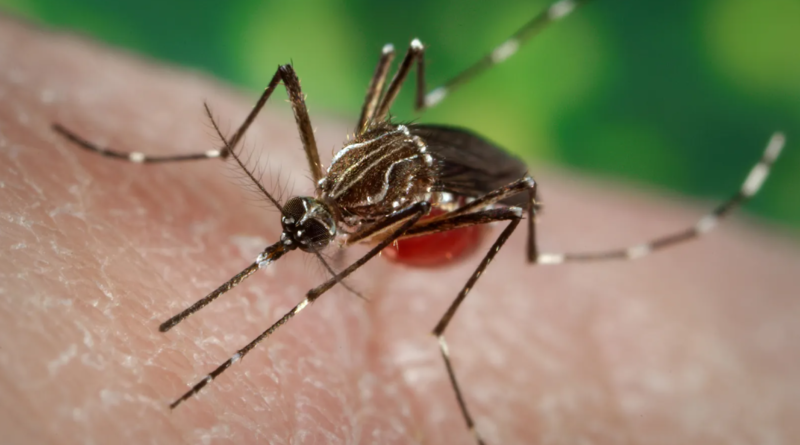‘Invisibility Shield’ of Chikungunya Virus May Lead to Vaccines or Treatments: Study
In a significant breakthrough, a recent study has uncovered a potential vulnerability in the Chikungunya virus that could pave the way for the development of vaccines and treatments. The virus, which causes a debilitating mosquito-borne illness, has long been a challenge for researchers due to its ability to evade the human immune system. However, the discovery of an ‘invisibility shield’ offers new hope in the fight against this global health threat.
Understanding Chikungunya Virus
Chikungunya virus, transmitted primarily through the bite of infected Aedes mosquitoes, can cause a range of symptoms in humans, including fever, joint pain, rash, and muscle aches. In severe cases, it can lead to chronic joint pain, which can last for months or even years. The virus has spread rapidly in recent years, with outbreaks occurring in various parts of the world.
One of the key challenges in developing effective treatments or vaccines against Chikungunya has been the virus’s ability to evade the immune system, making it difficult for the body to mount a strong defense.
The ‘Invisibility Shield’ Unveiled
The recent study, conducted by a team of researchers from Albert Einstein College of Medicine, US. has shed light on the virus’s unique defense mechanism. The Chikungunya virus employs a protein known as ‘E2’ to hide from the immune system. This protein disguises the virus as part of the host cell, making it virtually invisible to the body’s defense mechanisms.
study leader Margaret Kielian, a professor at Albert Einstein College of Medicine, US. explained, “The virus’s ‘E2’ protein acts like an invisibility cloak, allowing it to go undetected by the immune system. Understanding how this protein works gives us a significant advantage in developing targeted therapies.”
Implications for Vaccine and Treatment Development
The discovery of the ‘invisibility shield’ presents several exciting possibilities for combating Chikungunya virus:
- Vaccine Development: Researchers can use this newfound knowledge to design vaccines that target the ‘E2’ protein, effectively neutralizing the virus. Such vaccines could provide long-lasting immunity against Chikungunya.
- Antiviral Medications: Understanding the virus’s defense mechanism may also lead to the development of antiviral medications that disrupt the ‘E2’ protein, rendering the virus vulnerable to the immune system.
- Improved Diagnostics: This discovery may enhance diagnostic tests, making it easier to detect Chikungunya virus infections early, which is crucial for effective treatment and containment.
Global Health Impact
Chikungunya virus is a global health concern, with outbreaks occurring in regions where Aedes mosquitoes are prevalent. The development of effective vaccines and treatments could significantly reduce the burden of this debilitating disease on affected communities.
“Chikungunya has long been a challenge for public health, causing suffering and economic strain in affected regions,” says. “This breakthrough brings us one step closer to controlling and ultimately eradicating this virus.”
The discovery of the Chikungunya virus’s ‘invisibility shield’ is a testament to the power of scientific research and its potential to transform global health. While there is still work to be done in translating this knowledge into practical vaccines and treatments, this study offers renewed hope in the battle against Chikungunya and other mosquito-borne diseases. As researchers continue to unravel the mysteries of the virus, the future looks brighter for those at risk of Chikungunya infection.

